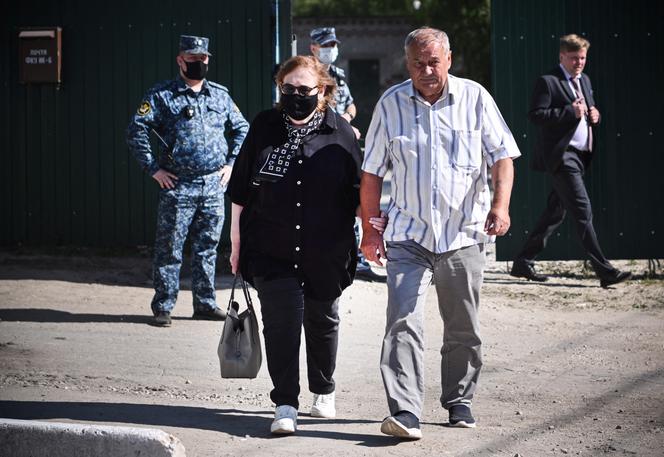


In the summer of 2020, after Alexei Navalny was poisoned by a nerve agent, those closest to this Russian opposition leader were denied access to both his hospital room and to clear, credible information, for two days. Yulia Navalnaya, his wife, and Kira Yarmysh, his spokeswoman, were ruthlessly shuffled off, forced to listen to reports from confounded doctors ("carbohydrate imbalance" was the first diagnosis) and confronted with men in grey suits at every door, who refused to identify themselves.
Navalny is now dead, and Russia's sinister farce has resumed. Its heroine from now on is Lyudmila Navalnaya, the opponent's mother, who travels the country's far north accompanied by the last of Navalny's lawyers to have remained out of prison.
On Saturday, February 17, the 69-year-old Navalnaya – an old woman in Russia – flew to Salekhard, capital of the Yamalo-Nenets Autonomous District, before driving to Kharp, home to IK-3: The penal colony where her son died.
There, she was kept waiting for two hours before being told that the body was in the Salekhard morgue. One small consolation: Navalnaya finally received a document confirming the death. The official time of death was 2:17 pm on February 16, just two minutes before the press release announcing the event went online. A prison official made a passing mention of "sudden death syndrome," a diagnosis which was just as dubious as the thrombosis (blood clotting) cited as early as Friday in the official media.
In Salekhard, the morgue denied having received the body. Eventually, the authorities announced on Sunday that the cause of death had not yet been established and that no further information would be available before the end of the week. The Novaya Gazeta Europe online opposition newspaper – which works from exile – has reported, citing local sources, that the body is indeed in the Salekhard morgue, but that no one there has been willing to do anything without clear instructions from Moscow. On Monday, Navalnaya and the deceased's lawyer were once again turned away from the facility.
According to Novaya Gazeta Europe's sources, the body had visible bruises, which they attributed to convulsions and the results of CPR. Other media have quoted a prisoner at IK-3 as saying that the prison was abuzz from the evening of February 15 – that is, allegedly the day before Navalny's death – with the arrival of a convoy of several vehicles.
In the meantime, it has transpired that the Russian federal investigative committee has initiated an unusual "verification procedure." On Monday, it confirmed that this was still underway. Was this an attempt to shed light on the death of the 47-year-old opposition figure? This is a dubious hypothesis, given that this organization has always refused to open the slightest investigation into the 2020 poisoning of Navalny. Above all, this procedure allows the authorities to keep the body for thirty days, or even longer if further checks are required. Will the family thereafter have the means to carry out its own examination?
You have 40.37% of this article left to read. The rest is for subscribers only.
